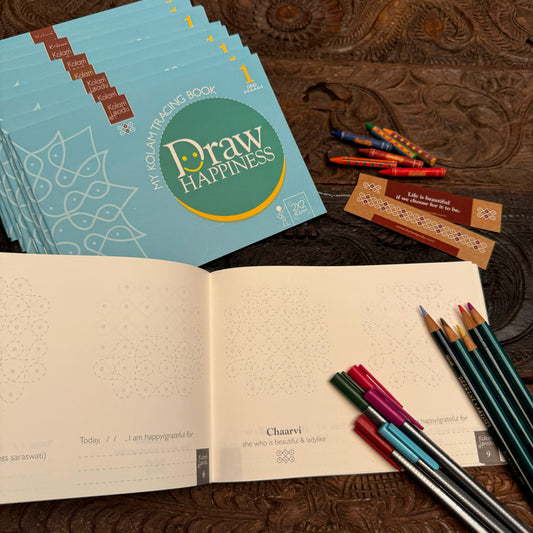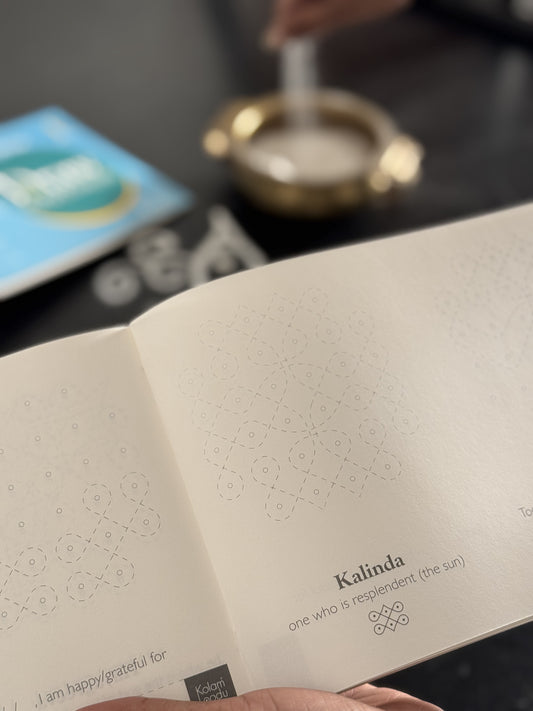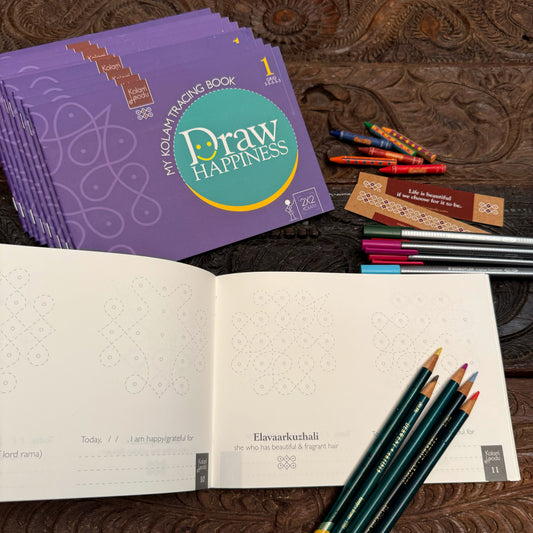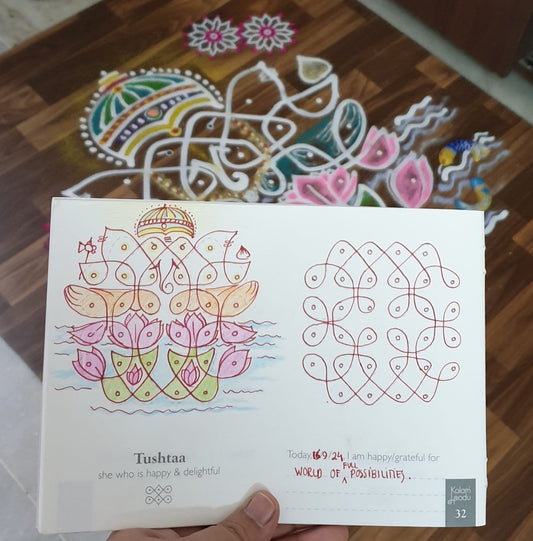Drawing kolam, a traditional South Indian art form, nurtures intrapersonal intelligence. This meditative practice encourages self-reflection, emotional expression, and a sense of accomplishment. It provides a platform for self-identity and goal setting, fostering self-awareness and confidence. Kolam creation instills patience, persistence, and mindfulness, facilitating personal growth and offering a coping mechanism. It serves as a canvas for inner exploration, aiding individuals in understanding and connecting with their emotions and thoughts, ultimately enriching intrapersonal intelligence.
Intrapersonal intelligence is one of the multiple intelligences proposed by Howard Gardner in his theory of multiple intelligences. It refers to an individual's ability to understand and be aware of their own emotions, thoughts, and inner experiences. People with high intrapersonal intelligence possess self-awareness, introspection, and a deep understanding of their own feelings, motivations, and strengths.
Drawing kolam can enhance intrapersonal intelligence in the following ways:
- Self-Reflection: Drawing kolam can be a meditative and introspective activity. As individuals engage in the creative process, they may enter a state of flow, which allows them to focus inwardly and reflect on their thoughts and emotions.
- Emotional Expression: Kolam creation can serve as a form of emotional expression. Artists may choose patterns, colors, or designs that reflect their current emotional state, allowing them to externalize and process their feelings through art.
- Sense of Accomplishment: Completing a kolam design can instill a sense of accomplishment and pride. This positive emotional experience contributes to one's intrapersonal intelligence by fostering a deeper understanding of one's capabilities and strengths.
- Self-Identity: The choices made in designing a kolam can reflect aspects of an individual's identity, culture, or personal preferences. This self-expression and reflection on one's identity contribute to intrapersonal intelligence.
- Goal Setting: Planning and executing a kolam design involve setting goals and working towards achieving them. Successfully accomplishing the chosen design builds self-confidence and self-awareness regarding one's ability to set and achieve goals.
- Patience and Persistence: Drawing intricate kolam designs requires patience and persistence. Engaging in this art form can teach individuals valuable lessons about perseverance and self-discipline, contributing to their intrapersonal intelligence.
- Mindfulness: Kolam creation encourages individuals to be present in the moment and mindful of their actions. This mindfulness promotes self-awareness and a deeper connection with oneself.
- Personal Growth: As artists experiment with different kolam designs, they may explore new techniques or challenge themselves to create more complex patterns. This process of growth and self-improvement enhances intrapersonal intelligence by fostering continuous self-assessment and self-improvement.
- Coping Mechanism: For some individuals, drawing kolam can be a form of stress relief or a coping mechanism during challenging times. Engaging in this artistic expression helps in managing emotions and promoting emotional well-being.
- Inner Exploration: Drawing kolams offers a safe space for inner exploration and self-discovery. As individuals connect with their inner thoughts and emotions during the creative process, they gain insights into their own inner world.
Through this traditional art form, individuals can develop a deeper understanding of themselves, their emotions, and their personal growth journey.
Kolam in Tamil Nadu is muggulu in Andhra Pradesh and Telangana, rangoli in Maharashtra, hase and rangavali in Karnataka, alopana in Bengal, to name a few.
Life is beautiful if we choose for it to be. Let’s draw happiness!







